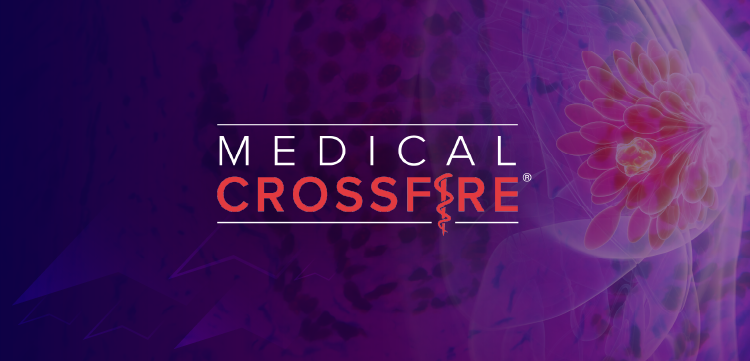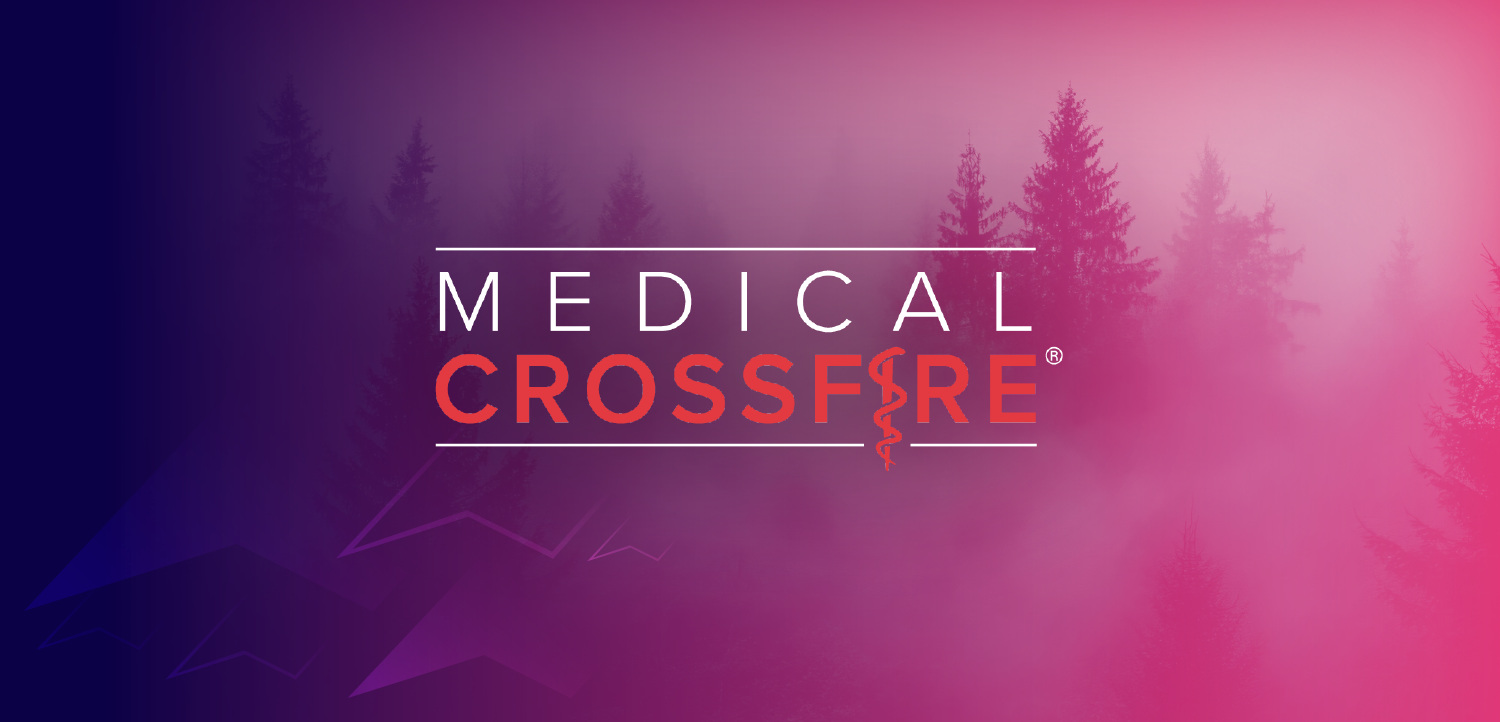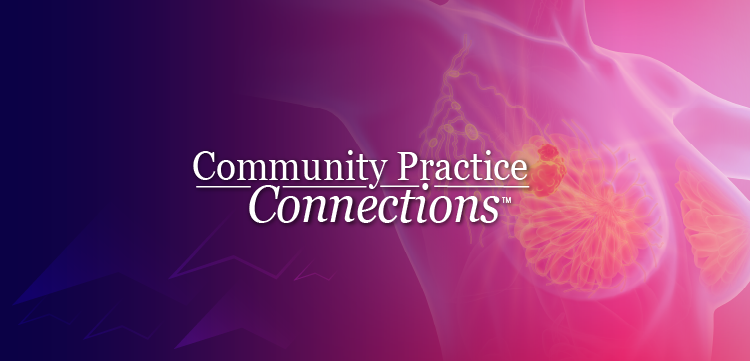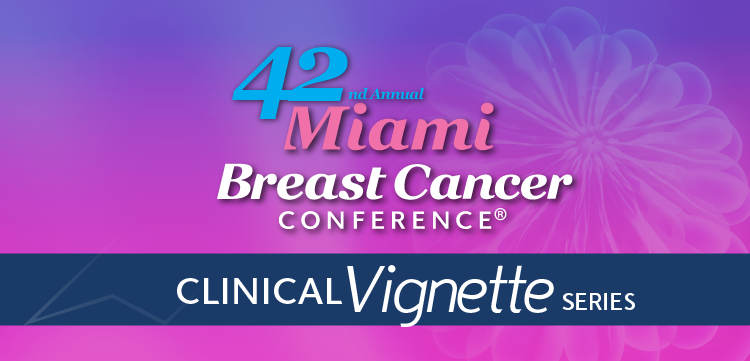
Insights on Offering BsAbs in a Community Setting Continued
John M. Burke, MD, shares his tips for offering bispecific antibody therapy in a community setting.
In part 2 of this mini video series, John M. Burke, MD, continues sharing practical tips for offering bispecific antibody therapy (BsAbs) in a community setting. Although Burke’s experience is based on administering mosunetuzumab (Lunsumio) to patients with relapsed or refractory follicular lymphoma after 2 or more lines of systemic therapy, and myeloma BsAbs, his insights are valuable for any BsAb treatment.
Burke, hematologist and medical oncologist Rocky Mountain Cancer Centers,
Associate Chair US Oncology Hematology Research Program, Aurora, Colorado, emphasizes the importance of having patients located near the clinic or a hospital with which you have a relationship. He also highlights the need to ensure the hospital pharmacy has tocilizumab (Actemra) on hand to manage cytokine release syndrome (CRS). According to Burke, hospitals are now accustomed to keeping tocilizumab available due to its use in treating COVID-related CRS, but it is necessary to check.
During the treatment course, Burke gives his patients his direct contact information. However, he stresses the importance of training all members of the care team—such as clinician partners, nurses, and other staff—on the various adverse events (AEs) associated with BsAbs, so patients know when to seek emergency care.
Burke explains that a fever 1 or 2 days after the injection with mosunetuzumab is normal, and patients may also develop a rash at the injection site, which is also a typical occurrence. In addition, Burke has observed some neurotoxicity, such as hearing loss, although he has not experienced the classic immune effector cell-associated neurotoxicity syndrome AEs with mosunetuzumab.
Regarding myeloma, Burke also shares his experience with myeloma BsAbs, saying, “I follow the drug label, administer the drug in the clinic, but then admit the patient directly to the hospital for mandatory monitoring.” This is another approach that can be helpful when administering BsAbs in a community setting.
For the full list of tips, be sure to check out both videos in this series (part 1 and part 2).









































